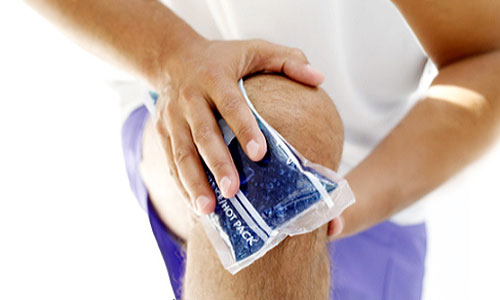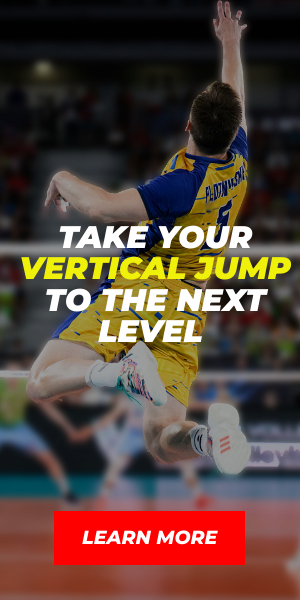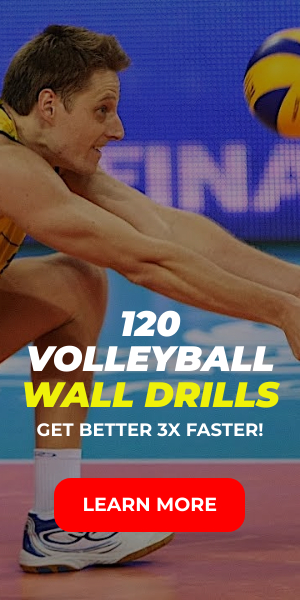Many volleyball players have problems with „jumper’s knee“, it is a relatively common cause of pain in the inferior patellar region of knee. What should you do to prevent this pain? Here are our advices.
It begins as inflammation in the patellar tendon where it attaches to the patella and may progress by tearing or degenerating the tendon. It is an overuse injury from repetitive overloading of the extensor mechansism of the knee. The microtears exceed the body’s healing mechanism unless the activity is stopped. The injury occurs in many athletes, but is most common in sports such as soccer, volleyball, or basketball which require explosive movements. Early stages may be treated conservatively. Uncommonly it may require surgery to remove myxoid degeneration in the tendon. This is reserved for patients with debilitating pain for 6-12 months despite conservative measures.
Knee pain plagues athletes all over the world. Everyone should seek medical treatment to rule out the more serious knee problems. However, many doctors agree that most of the knee complaints are no more than a patellar (kneecap) tracking problem, commonly refereed to as “Jumper’s Knee.” The kneecap slides along two huge knobs on the end of the thigh bone. Normally this movement is center between the two knobs. However, the four muscles that make up the quadriceps will often not pull on the kneecap with equal strength. When this happens the kneecap is pulled off of its normal track. The result is a chronic pain affecting the kneecap that occurs both during exercise and rest.
Although the condition is chronic, there are exercises that the athlete can do to help return the knee ot health.
There are also exercise that people with healthy knees can do to keep their knees in top condition. If you suffer from this problem, consult you doctor and do these exercises. There are braces that help force the kneecap back on track but the best treatment is exercise.
Prevention Exercises
Every volleyball player, regardless of age, should spend the time protecting his or her most valuable assets, the knees. Nothing will take a player out of the game quicker than soar knees. It affects every aspect from passing to jumping. Key elements of a healthy knees are strength and flexibility. Before knee pain attacks you, try following this simple regiment of exercises and stretches. Do all these exercises slowly and gently. Overworking your knees will only cause injury. “No Pain No Gain” does not apply. When stretching, stop before you reach the point of pain. If at anytime, doing any of these stretches cause you pain then stop immediately. You should also seek medical consultation before starting or changing your normal exercise routine.
Calf Stretch – Hold for 8-12 seconds and switch legs. You want to do this stretch at least five times with each leg.
Quadriceps Stretch – Hold the stretch for 8 – 12 seconds, relax and switch legs. Repeat this stretch at least five times. If you find yourself having difficulty maintaining balance try touching your belly button with your index finger of your opposite hand. Don’t know why this works. It is some kind of Jedi balance trick.
Hamstring Stretch – Proper hamstring flexibility reduces pressure on the knee cap. Hold for 20-30 seconds and then relax. Repeat the stretch five times.
Quadriceps Strengthening – Using a 5- to 10-pound weight, attached to your ankle, sit on a table or high bench and slowly straighten the weighted leg. Repeat the left 8 – 10 times and then switch legs. Do three sets of 8-10 for each leg. If you don’t have weights, try doing wall slides.
Hamstring Strengthening – Now, lie stomach down on a table or bench with your knees near the end. Bend your knee, raising the weighted ankle to about a 45 degree angle. Repeat 8-10 times then switch legs. Do three sets of 8-10 for each leg. Another variant is using resistance bands.
Hip Abductor Strengthening – Using the same light weight on your left leg, lie down on your right side on a raised surface like a table or bench. Bend your right knee and let your left foot hang over the edge of the surface. Keeping the weighted leg in a straight line with your hip and shoulder, raise your left leg about a foot above the surface. Repeat this 8 to 10 times, relax and switch legs. Do three sets of these. Another exercise is to lie on your right side, with the weight on your right ankle. Move your left knee forward and let your foot rest on the surface. Try and raise your right foot, keeping your leg straight, a few inches off the surface. Do three sets of 8-10 reps and then switch legs.
Lunge – Hold a dumbbell in each hand and stand with one foot about two feet forward. Move forward, like the calf stretch, bending your front knee and then return to the standing position. Switch feet and repeat. Don’t bend your knee more than 90 degrees. Do about ten repetitions of these, switching feet between repetitions. Alternate is the Lunge Slide.
source: internet





